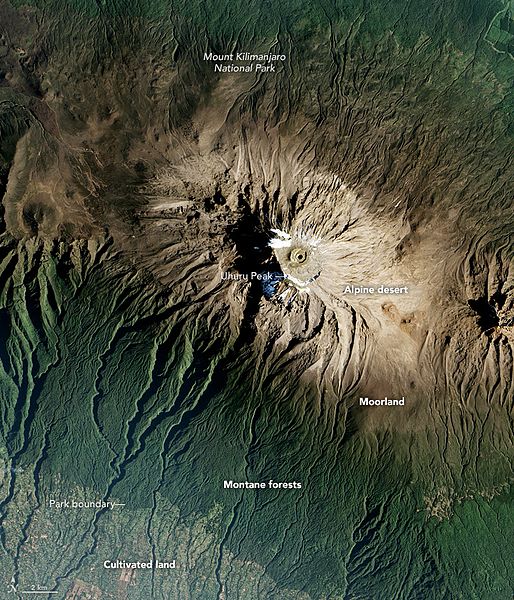Файл:Kilimanjaro from space 2016.jpg

Цебе хал гьабиялда бугеб гӀеблъи: 514 × 600 пикселал. Другие разрешения: 206 × 240 пикселал | 411 × 480 пикселал | 720 × 840 пикселал.
Аслияб файл (720 × 840 пкс, размер файла: 371 Кб, MIME-тип: image/jpeg)
Файлалъул история
Нажмите на дату/время, чтобы увидеть версию файла от того времени.
| Къо-моцӀ/мехх | Миниатура | Роценал | ГӀахьалчи | Комментарий | |
|---|---|---|---|---|---|
| гьанжесеб | 03:18, 8 фебруар 2017 |  | 720 × 840 (371 Кб) | Tillman | {{Information |Description ={{en|1=Stories about Mount Kilimanjaro often focus on its height and location. The mountain—the tallest in Africa—is capped with snow and ice, despite sitting at a tropical latitude close to the equator. This volcanic... |
Файл хӀалтӀизаби
Следующая страница использует этот файл:
Файлалъул глобалияб хӀалтӀизаби
Гьаб файл хаду рехсарал викиязда хӀалтӀизабула:
- ban.wikipedia.org-лда хӀалтӀизаби
- bcl.wikipedia.org-лда хӀалтӀизаби
- ca.wikipedia.org-лда хӀалтӀизаби
- en.wikipedia.org-лда хӀалтӀизаби
- id.wikipedia.org-лда хӀалтӀизаби
- ja.wikipedia.org-лда хӀалтӀизаби
- min.wikipedia.org-лда хӀалтӀизаби
- sd.wikipedia.org-лда хӀалтӀизаби
- sl.wikipedia.org-лда хӀалтӀизаби
- sr.wikipedia.org-лда хӀалтӀизаби
- uk.wikipedia.org-лда хӀалтӀизаби



